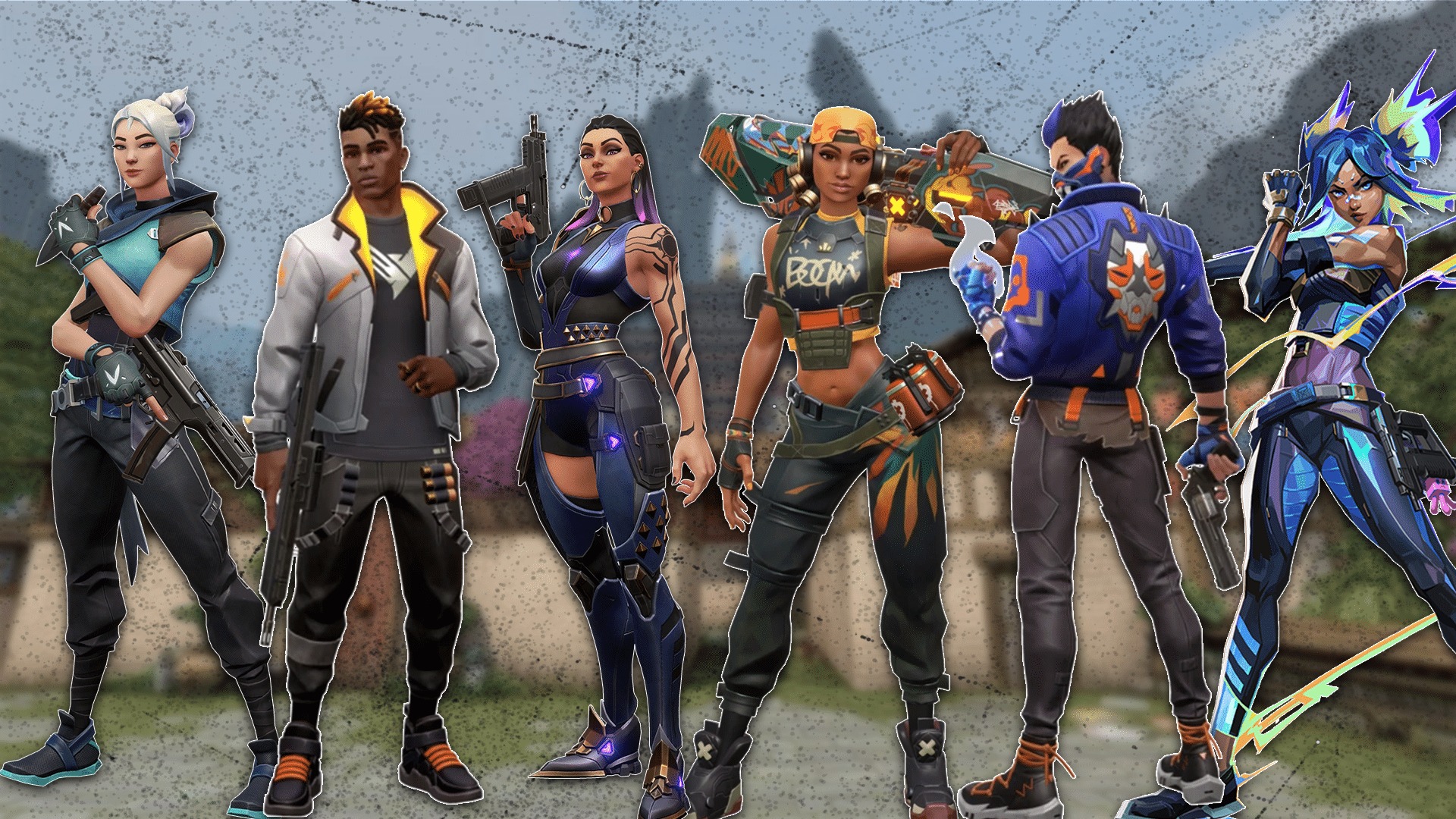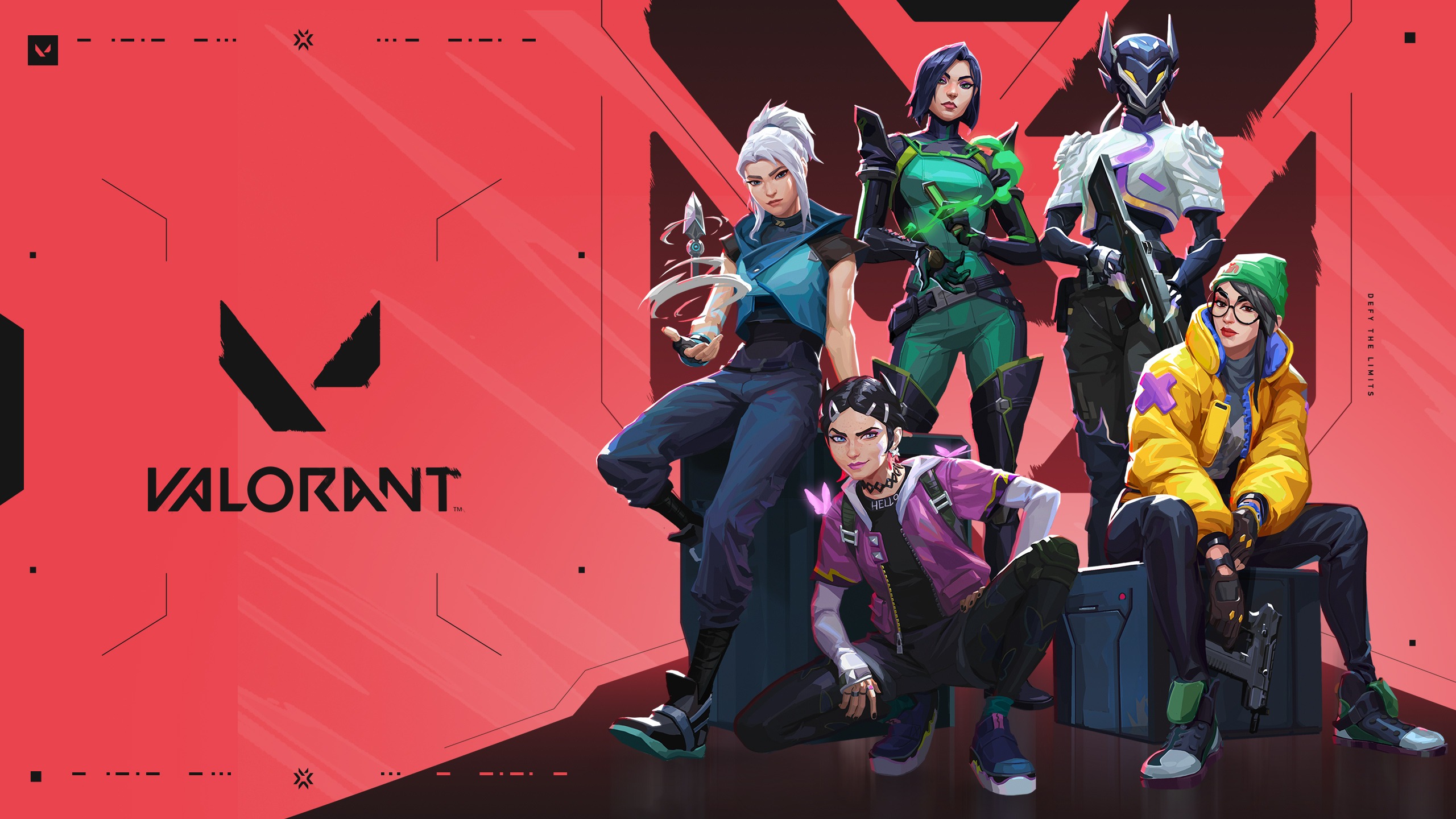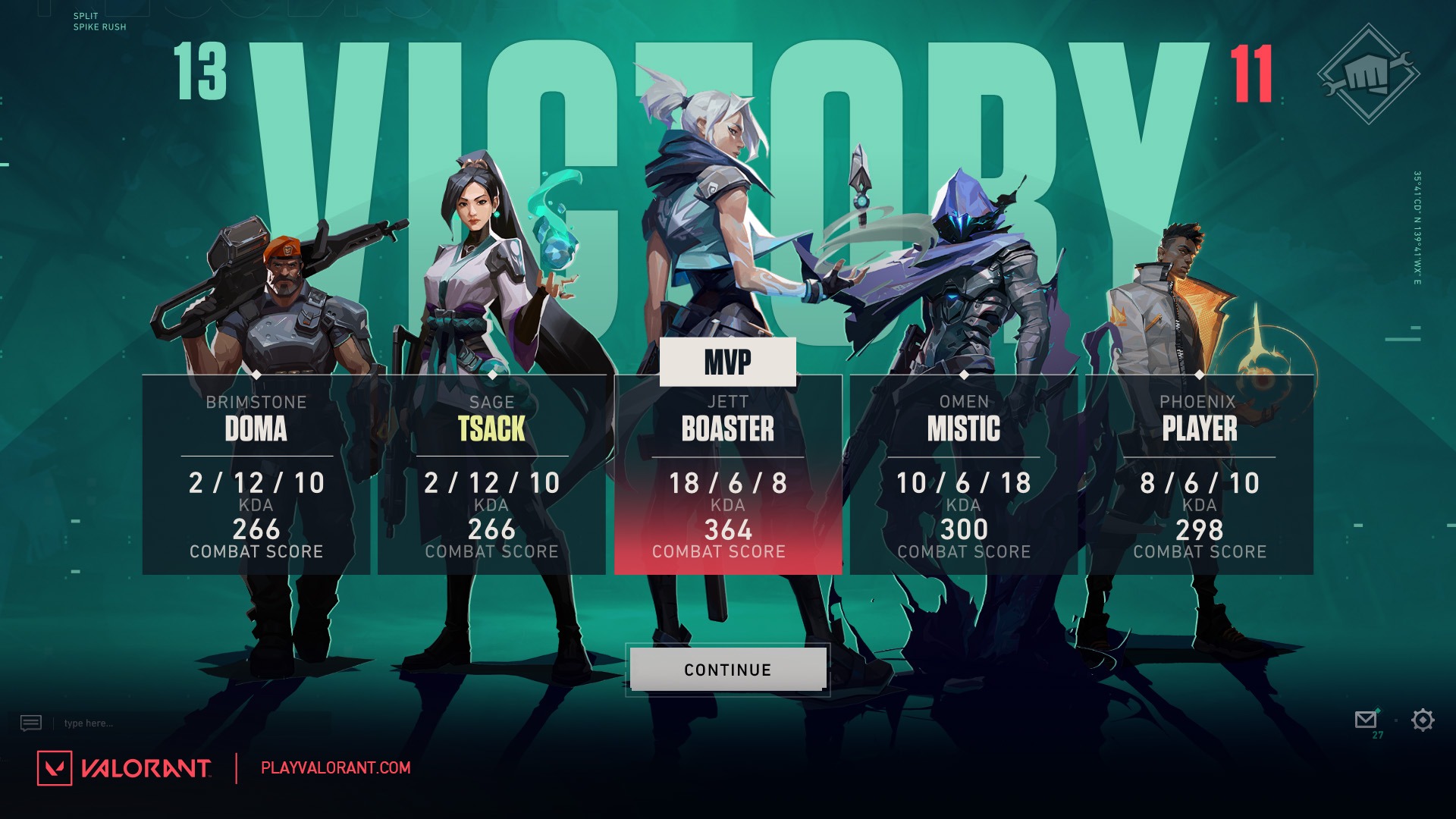
Valorant
All trademarks belong to their respective owners. Get GameValorant is a competitive 5v5 tactical shooter where precision, strategy, and unique agent abilities win matches. Free to play, built for esports domination!
The Agent Meta: Crafting Team Compositions and Strategic Synergy in Valorant
Beyond its foundational precision gunplay, Valorant’s defining feature is its diverse roster of Agents, each armed with unique abilities that fundamentally shape strategic gameplay. Success in Valorant transcends individual aim; it hinges on the art of team composition and the seamless synergy between Agent abilities. Understanding the “meta” – the current dominant strategies and Agent picks – and how to adapt your team’s utility to specific maps and opponent playstyles is crucial for climbing the competitive ladder.

1. Understanding Agent Roles and Responsibilities:
Each Agent is categorized into a role, defining their primary purpose on the team:
- Duelists (Jett, Reyna, Phoenix, Raze, Yoru, Neon, Iso):
- Purpose: To create space for the team, get first kills (entry fragging), and initiate engagements. They often have aggressive abilities for self-sufficiency or quick pushes.
- Responsibilities: Be confident in taking duels, leading pushes onto sites, and using abilities to blind, dash, or clear angles for teammates.
- Initiators (Sova, Breach, Skye, Kayo, Fade, Gekko, Deadlock):
- Purpose: To gather information, clear angles, and push enemies out of defensive positions. They set up Duelists for success.
- Responsibilities: Use recon abilities (Sova’s arrow, Fade’s Prowler) to reveal enemy locations, use flashes/stuns (Breach, Skye, Kayo) to disorient opponents, and support the entry frag.
- Controllers (Omen, Brimstone, Viper, Astra, Harbor):
- Purpose: To block enemy lines of sight (with smokes), deny areas (with molotovs/incendiaries), and slow down pushes. They manipulate the battlefield.
- Responsibilities: Place smokes effectively to cut off defender vision on attack, or block attacker pushes on defense. Use molotovs to clear corners or stop defuses/plants. Master smoke timings.
- Sentinels (Cypher, Killjoy, Sage, Chamber):
- Purpose: To lock down sites, protect flanks, gather passive intel, and deny pushes. They are defensive specialists.
- Responsibilities: Set up traps (Cypher’s trips, Killjoy’s turrets), use slowing/healing abilities (Sage’s slows/heals), or create powerful defensive positions (Chamber’s setups). Their utility provides safety and early warnings.

2. Building a Balanced Team Composition:
While the “perfect” composition varies, a generally balanced team often includes:
- 1-2 Duelists: For aggressive plays and entry fragging.
- 1-2 Initiators: To support Duelists, gain intel, and set up plays.
- 1 Controller: Essential for smokes to block vision, on both attack and defense.
- 1 Sentinel: For locking down flanks, watching for pushes, and providing crucial utility.
Example Composition: Jett (Duelist), Sova (Initiator), Omen (Controller), Killjoy (Sentinel), Raze (Duelist) – provides two entry fraggers, intel, smokes, and site lockdown.
3. Understanding Synergy: Abilities Working Together:
The real magic happens when Agent abilities are combined for maximum impact.
- Entry Combo: A Duelist (e.g., Jett) dashes onto a site after an Initiator (e.g., Sova) reveals enemy positions with a Recon Bolt, and a Controller (e.g., Omen) smokes off key angles.
- Post-Plant Hold: A Sentinel (e.g., Killjoy) places a Nanoswarm on the planted Spike, while a Controller (e.g., Brimstone) uses an Incendiary to delay defuses.
- Flank Watch: A Sentinel (e.g., Cypher) places a Tripwire on a flank, allowing the rest of the team to focus on the main push.
- Healing and Support: Sage’s healing orb and resurrection ability are crucial for sustaining pushes or recovering from engagements.
- Mastery: Learn the specific interactions between different Agent abilities. Practice combinations in custom games or with your regular teammates. Always communicate your utility usage.
4. Adapting to Maps and Opponents:
The optimal team composition can change based on the map and the enemy team’s playstyle.
- Map-Specific Utility: Certain Agents excel on particular maps due to their layout. For instance, Sova is incredibly strong on maps with long sightlines like Ascent or Bind for his Recon Bolt, while Viper’s wall can cut maps like Breeze or Icebox in half.
- Countering Opponents: If the enemy team is heavily relying on a specific Agent or strategy (e.g., a strong Jett entry), you might pick Agents with abilities that can counter that (e.g., a Flash Agent to blind her, or a Sentinel to slow her down).
- Dynamic Role Fulfillment: Sometimes, an Agent might flex their role. A Controller might need to use their smokes offensively to cover a rush, or a Duelist might need to hold a defensive angle if the situation demands it.
5. The Economy and Ability Usage:
Abilities cost Creds, making economic management crucial.
- Budgeting Abilities: Decide which abilities are essential to buy each round. Don’t always buy all of them if you’re on a save round.
- Ultimate Management: Understand how to charge your ultimate (kills, deaths, Spike plant/defuse, ultimate orbs). Communicate with your team about ultimate readiness for coordinated pushes.
- Trading Utility for Advantage: Sometimes, it’s worth using an ability even if it doesn’t get a kill, if it provides critical information or delays an enemy push.
6. Continuous Learning and Meta Shifts:

The Valorant meta is constantly evolving with new Agent releases, balance patches, and community innovation.
- Stay Updated: Watch professional gameplay, read patch notes, and experiment with new Agent combinations.
- Analyze Your Play: After a match, think about what Agent compositions worked and what didn’t. Discuss with your team.
- Be Flexible: Don’t get stuck on one Agent or one strategy. Be willing to adapt and learn new playstyles.
Mastering Valorant’s Agent meta is a complex but rewarding journey. It demands not just individual skill but also deep game knowledge, strategic foresight, and seamless team coordination. By understanding the roles, building complementary compositions, and leveraging abilities in synergy, players can truly unlock the full tactical potential of their team and dominate the battlefield.
